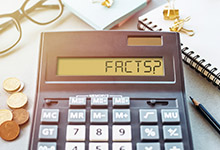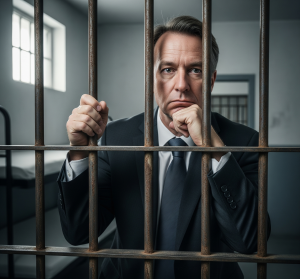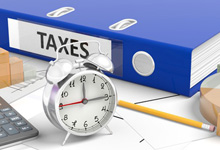
“People with limited understanding of business think that it’s all about making profits. But those who actually run businesses know that it’s all about managing cash flows.” (Cedric Chin, entrepreneur and management training consultant)
Most business owners aren’t careless with money. They obsess over profit margins and expenses, and carefully analyse their bank balances. Over time, however, many people fall for accounting myths that sound like common sense. These myths crop up in meetings, tax chats, and casual conversations – and they stick. The problem is, some of these ideas distort the way you see your business. They can make you feel more profitable than you are, hide looming cash problems, or cause you to delay decisions until it’s too late.
Busting these myths won’t only sharpen your numbers – it might unlock the growth that’s been out of reach for too long.
“Depreciation is just a paper loss”
Depreciation is often described as being a “non-cash” expense, which leads some to think it’s not a real cost. But depreciation is very real. It reflects the wear and tear on your assets, equipment, vehicles, and even your office fittings. (Buildings tend to be an exception to this rule.) Like it or not, that slow erosion of value is going to affect your business eventually.
Ignoring depreciation can leave you thinking you’re operating at higher margins than you really are. This, in turn, can lead to decisions (like expanding your business or cutting prices) that the business may actually not be in a position to make. It’s therefore essential to treat depreciation as part of your real cost base, because sooner or later, you’ll need to replace what’s wearing out.
“Profit equals cash”
Because this one feels so intuitive, it can trip up even the most astute entrepreneurs. Your business is profitable, so there should be money in the bank. The thing is, profit is an accounting measure while cash is what you actually have on hand. And the two often travel on different timelines.
Unpaid invoices, stock that hasn’t moved, loan repayments … these can all put pressure on your cash position, even when your income statement says you’re in the clear. Profit without cash flow can land you in hot water fast. It’s often the reason otherwise “profitable” businesses go under. Don’t get caught only watching your bottom line.
“If there’s money in the account, we’re doing fine”
That moment of checking the bank balance and breathing a sigh of relief? We all do it. But a healthy balance today doesn’t mean all your bills are paid, or that your tax obligations aren’t just around the corner. It certainly doesn’t mean you can afford that new delivery van without checking the books first.
A snapshot of your bank balance is just that – a snapshot. It says nothing about what’s coming in, what’s going out, and what’s already spoken for. Operating without a cash flow forecast is like driving with your eyes locked on the rear-view mirror.
“Tax is something to worry about at year-end”
By the time year-end rolls around, your tax position has already been shaped by a hundred small decisions. Wait until then, and there’s not much you can do about it, except write the cheque.
Tax planning is an all-year activity. There are dozens of factors that will affect your liability – from choosing the right structure, to timing your asset purchases, handling employee salaries and paying out dividends. A little foresight early in the year can save you a massive headache in February. Don’t be one of those businesses that only speaks to their accountant after the damage is done.
“Accountants are just for compliance”
We aren’t just here to file returns and send invoices for you. We can help you read the story your numbers are telling. That includes where you’re leaking cash, how sustainable your margins are, and what your break-even point really looks like.
“Growth always means more sales”
Growth feels good: bigger orders, more customers, faster turnover. But unless that growth is well managed, it can be lethal. More sales can mean more expenses, more staff, more stock, and more space. If your margins are thin, or if customers are slow to pay, rapid growth can tie up all your cash in working capital and leave you with nothing to operate on.
Before chasing sales targets, it’s worth asking, can we afford to grow? And is this growth profitable?
“We can always fix the books later”
When you’re flat out running a business, bookkeeping often takes a back seat. But bad books make for bad decisions. They hide problems, delay action, and lead to missed opportunities.
Clear, current numbers are the foundation of everything from pricing and hiring to raising capital. Without them, you’re guessing. And guessing can be an expensive habit.
The final word
Don’t feel embarrassed if you’ve been taken in by some of these myths. They’re common, they sound plausible, and they’re often repeated. But they also limit your options, distort your view, and slow your progress.
Accounting is not about ticking boxes. Done right, it’s about clarity. And with clarity come better decisions and better growth.










